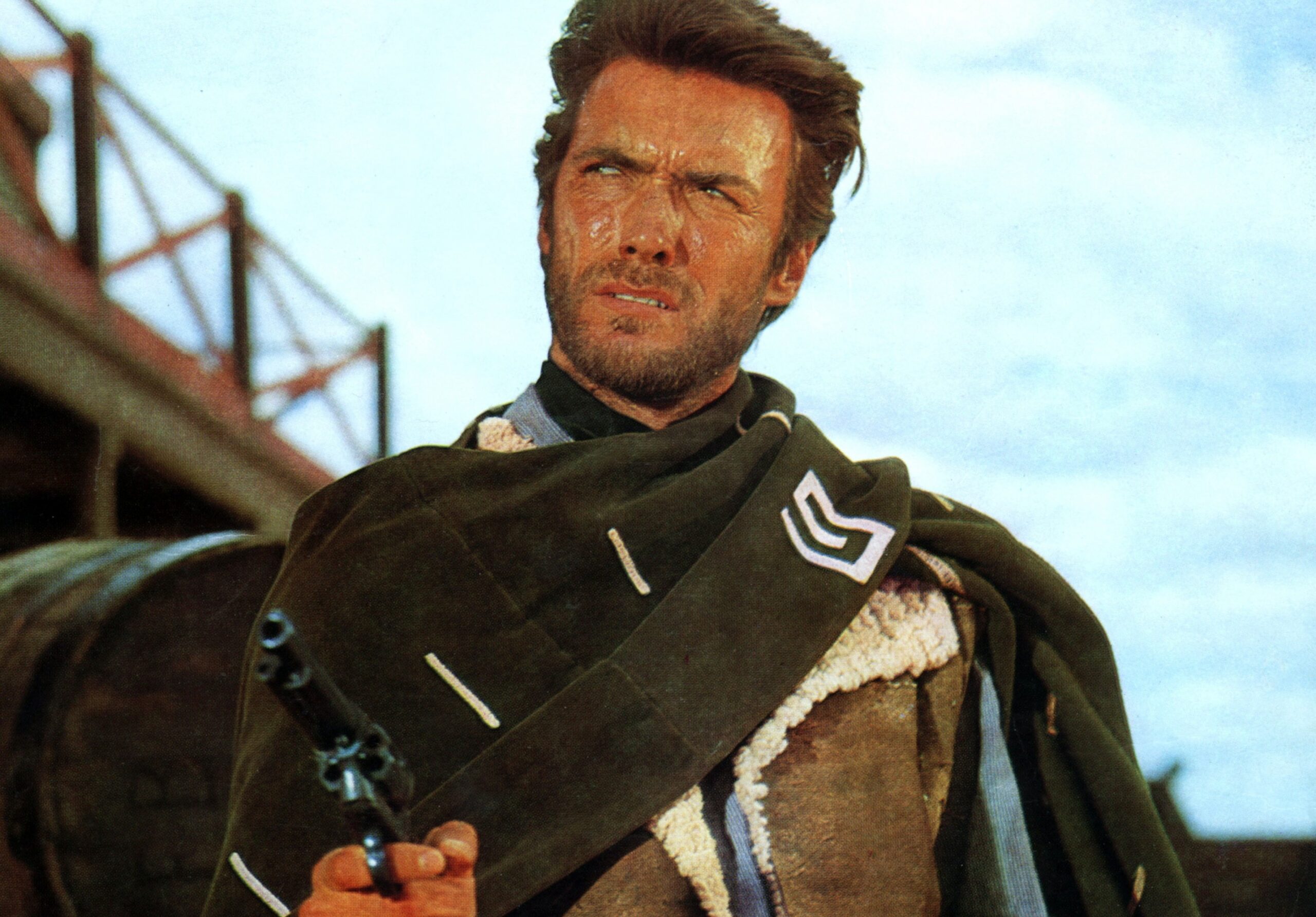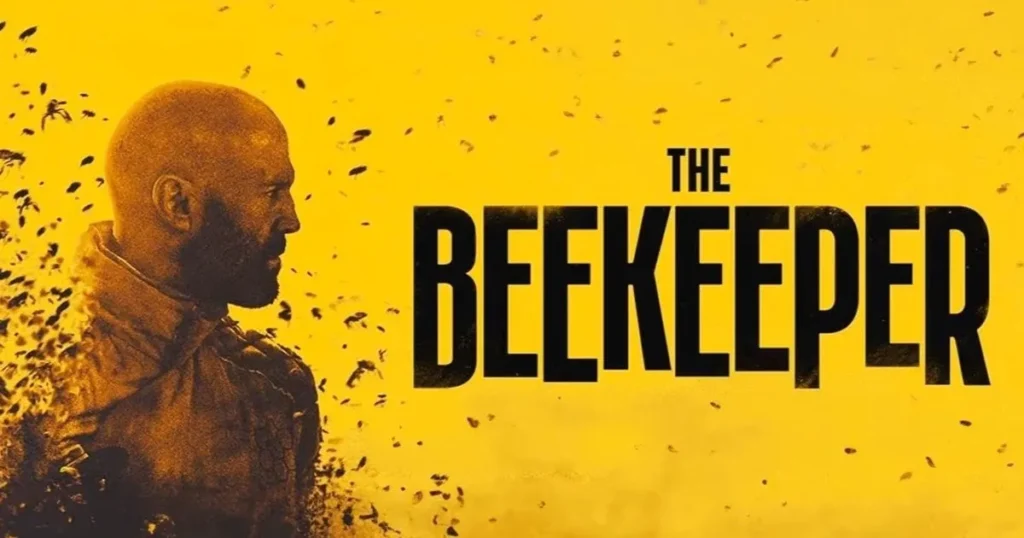Or so some might have expected.
But he very quickly went beyond that, before settling into a new genre, the “spaghetti western,” of which he made three of the best – A Fistful of Dollars (1964), For a Few Dollars More (1965), and The Good, the Bad and the Ugly (1966).
All directed by Sergio Leone, and all shot in a wonderful new system, Techniscope, a proprietary process from Technicolor, where half the negative footage would be used – 35/2 vs 35/4, with some interesting (also genre defining) aspects, such as extreme close-ups that seem to jump off the screen with extreme clarity.
Via the Techniscope process, the 35/2 negative would be specially cut and conformed, as splices would be too large for the frame, and would disrupt the continuity. An extra frame (or two) was added at the head and tail of every shot, and since the negatives were printed optically via auto-select, the extras frames were left out of the resultant printing matrices, just as fades and dissolves would be added.
The system worked beautifully, with one exception.
As the decades passed, and dupes were needed for direct contact printing after the era of dye transfer ended, things never really came together.
Those who have tracked the three Man with No Name series via MGM or (later) Kino releases, will be aware of the constant problems with densities and color.
Kino has finally released as perfect a product as one will likely ever find in their latest incarnations of the films in 4k, finalizing the three film series. The Good… arrived last April, and is not available on Amazon for $13.62.
That works out to a bit over eight cents per minute for one of the great films – in 4k.
And while the two new offerings come in at $28 per film, the value here cannot be overemphasized, as the quality is finally in place.
Color, densities, black levels, grain structure, stability – this is spaghetti western nirvana.
And comparing them to previous variants makes the case even more, as everything that viewers found troublesome in earlier incarnations has been dealt with beautifully.
If it sounds like I’m loving these latest additions, you’re correct.
As to Mr. Eastwood, after appearing in these three films, he appeared in one more Italian production (The Witches) in 1967, and then left the continent for Hollywood, making films for Universal and Warners.
There are a few good ones.
For those unaware, try Play Misty for Me (in which he also tried his hand as director), Magnum Force, Unforgiven, In the Line of Fire and Sully (as director). He was involved in a few more, but I can’t recall them offhand.
Image – 5 (SDR)
Audio – 5 (DTD-HD MA 5.1 & DTS-HD MA 2.0)
Pass / Fail – Pass
Plays nicely with projectors – Beautifully
Makes use of and works well in 4k – 4.5
Very Highly Recommended
RAH
Robert has been known in the film industry for his unmatched skill and passion in film preservation. Growing up around photography, his first home theater experience began at age ten with 16mm. Years later he was running 35 and 70mm at home.
His restoration projects have breathed new life into classic films like Lawrence of Arabia, Vertigo, My Fair Lady, Spartacus, and The Godfather series. Beyond his restoration work, he has also shared his expertise through publications, contributing to the academic discourse on film restoration. The Academy Film Archive houses the Robert A. Harris Collection, a testament to his significant contributions to film preservation.
Post Disclaimer
Some of our content may contain marketing links, which means we will receive a commission for purchases made via those links. In our editorial content, these affiliate links appear automatically, and our editorial teams are not influenced by our affiliate partnerships. We work with several providers (currently Skimlinks and Amazon) to manage our affiliate relationships. You can find out more about their services by visiting their sites.






Similar threads
- Robert Harris
- Blu-ray and UHD
14 15 16- Robert Harris
- Blu-ray and UHD
5 6 7